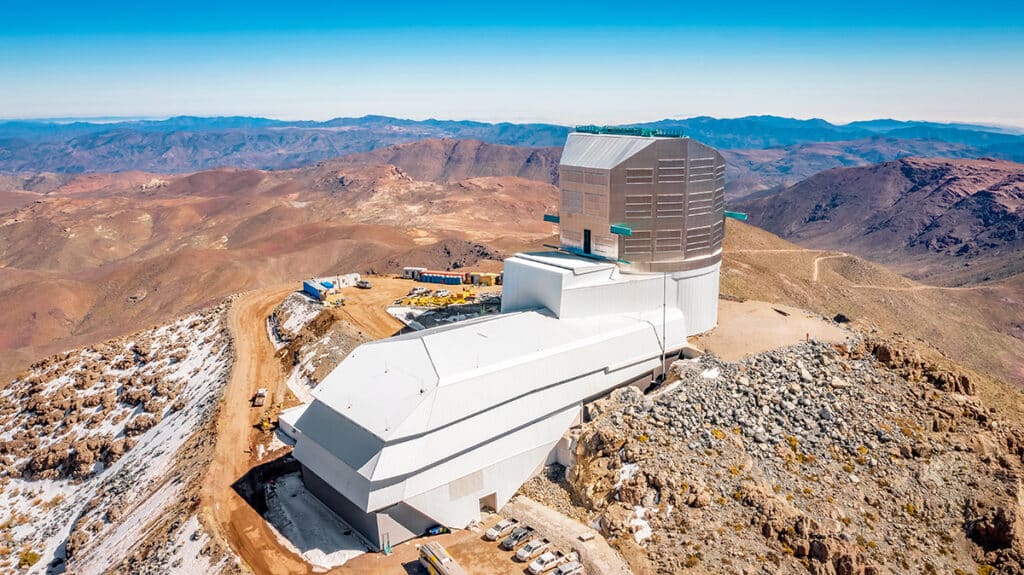Volcanoes are erupting in The Philippines, but on-fire Australia received some welcome rain. The Iran war cries have been called off and The Donald’s military powers are about to be hamstrung by the Senate. Meanwhile, his impeachment trial is starting, and we’re all on Twitter for a front-row seat.
What Could Go Right? The Year Ahead
World events we have our eye on going into 2025
This is our weekly newsletter, What Could Go Right? Sign up here to receive it in your inbox every Thursday at 5am ET. You can read past issues here.
The Year Ahead
Welcome to 2025! The new year beckons. Experts, including The Progress Network Member Ian Bremmer, expect it to be one of geopolitical conflict, which seems like a safe bet. There are plenty of things to look forward to as well, however, and a handful of things that, as usual, no one will see coming.
Below are three items that have caught our eye going into 2025. They are not sure bets for progress, but they have the potential for it.
New Governments:

Last year saw over a billion people go to the polls in a record election year. In democratic nations, incumbents lost almost everywhere they were on the ballot. In Africa and elsewhere, this trend led to some surprising turnovers, with Senegal, Botswana, and South Africa voting out longtime holders of power that had frustrated citizens.
There were also major power shake-ups that occurred outside of elections.
In Bangladesh, mass protests, originally sparked over an unpopular quota system for government jobs, resulted in the ouster of authoritarian Prime Minister Sheikh Hasina. (She has since been accused of graft as well as extrajudicial killings and disappearances, and has had her passport revoked.) Since August, microcredit pioneer Muhammad Yunus has been in charge of an interim government that is working to reform the country’s judiciary and election system, cut down on government corruption, and rewrite its constitution.
And in Syria, the overthrow of dictator Bashar al-Assad in December 2024 has led to cautious optimism that the country could recover after 13 years of civil war and regime-led human rights abuses. In the past few weeks, Syrians have been enjoying freedoms ($), from buying Western goods like Kinder chocolate to singing protest songs, that had been prohibited for years. But it remains to be seen whether the rebel group that now controls Damascus, the capital, will be able to govern the country, and, if it can retain power, whether it might impose an Islamist autocracy in the future.
Will the new year bring these nations stability or volatility? We will be watching.
China’s Climate Future:
What’s going on with China, the world’s largest greenhouse gas emitter? We don’t know for sure, because there has been no official emissions update from the country since December 2023, which included data for up to 2018, reportsThe Economist.
Outside analysts trying to square China’s continued reliance on coal power with its astounding renewable energy buildout has led to frenzied speculation about whether emissions there have already peaked (unlikely), are about to peak, or will peak sometime this decade. For its part, China has committed to 2030.
China was due to submit its latest emissions data by the end of last year, and is supposed to set new climate targets in February. The new information—if China makes good on releasing it—will have a significant impact on the global climate picture into 2025 and beyond.
A wait for China’s peak that takes until the end of the decade, combined with “slow and gradual emissions reductions thereafter,” would “single-handedly scupper the goals of the Paris Agreement,” Lauri Myllyvirta, lead analyst at the Centre for Research on Energy and Clean Air, told Carbon Brief, a United Kingdom–based climate outlet. Others are hoping China will unveil a more ambitious plan.
Even China is only one piece of the puzzle, though. Global emissions are still rising, and to keep warming between 1.5 and 2 degrees Celsius, they will need to peak around this year and then rapidly decline to reach net zero by 2050.
Read more: Why China’s new climate targets matter for everyone
The Cosmos in HD:

Six months from now, the largest camera ever built for astronomy will start snapping images of the sky from a mountaintop in Chile. It will take a photo every three nights—for ten years.
That camera is part of The Vera C. Rubin Observatory’s Legacy Survey of Space and Time, a project looking to answer some of science’s big questions, like, “how did the Milky Way form?” Or, “what exactly are dark matter and dark energy, which make up 95 percent of the universe?” In addition to these two areas of study, the survey will also create an inventory of the solar system and observe what are called “transients,” objects such as solar system bodies or supernovae that move across the sky or change brightness.
Astronomers across the globe will be able to access the Observatory’s data on an online portal, the first time, its website says, that “this much astronomical data will be available to so many people.” It’s a rather large pile of it—the Observatory will produce 20 terabytes of data every night, double the entire printed collection of the United States Library of Congress.
By the Numbers
>50: The percent drop in tuberculosis cases and deaths when Brazilian families living below the poverty line received monthly cash assistance as part of a government program.
<$3: The average price of gas in the US, the first time it has dropped under three dollars since 2021. Forecasts expect prices to continue easing into 2025.
~170: The number of snow leopards in Kazakhstan, a population level not seen since the 1980s.
27: The number of species, new to science, just discovered in Peru. They include a tree-climbing salamander, an amphibious mouse, and a “blob-headed fish.”
Quick Hits









TPN Member Originals
(Who are our Members? Get to know them.)
- What went right in 2024? For one thing, free and fair elections | WSJ ($) | Zachary Karabell
- The unapologetic nature of Trump’s political renaissance is an ongoing menace | Slow Boring | Matthew Yglesias
- Why an early start is the ‘quintessence of life’ | The Atlantic ($) | Arthur C. Brooks
- Vivek Ramaswamy is uninvited from my sleepover | The Atlantic ($) | David Brooks
- Why is the left flailing? Look at New York vs. Florida | WaPo ($) | Fareed Zakaria
- My New Year’s resolution to run a half-marathon | WaPo ($) | Theodore R. Johnson
 The state of the NonZero media empire | NonZero | Robert Wright
The state of the NonZero media empire | NonZero | Robert Wright- 2025 predictions | No Mercy/NoMalice | Scott Galloway
- The attack in New Orleans | Tangle | Isaac Saul


